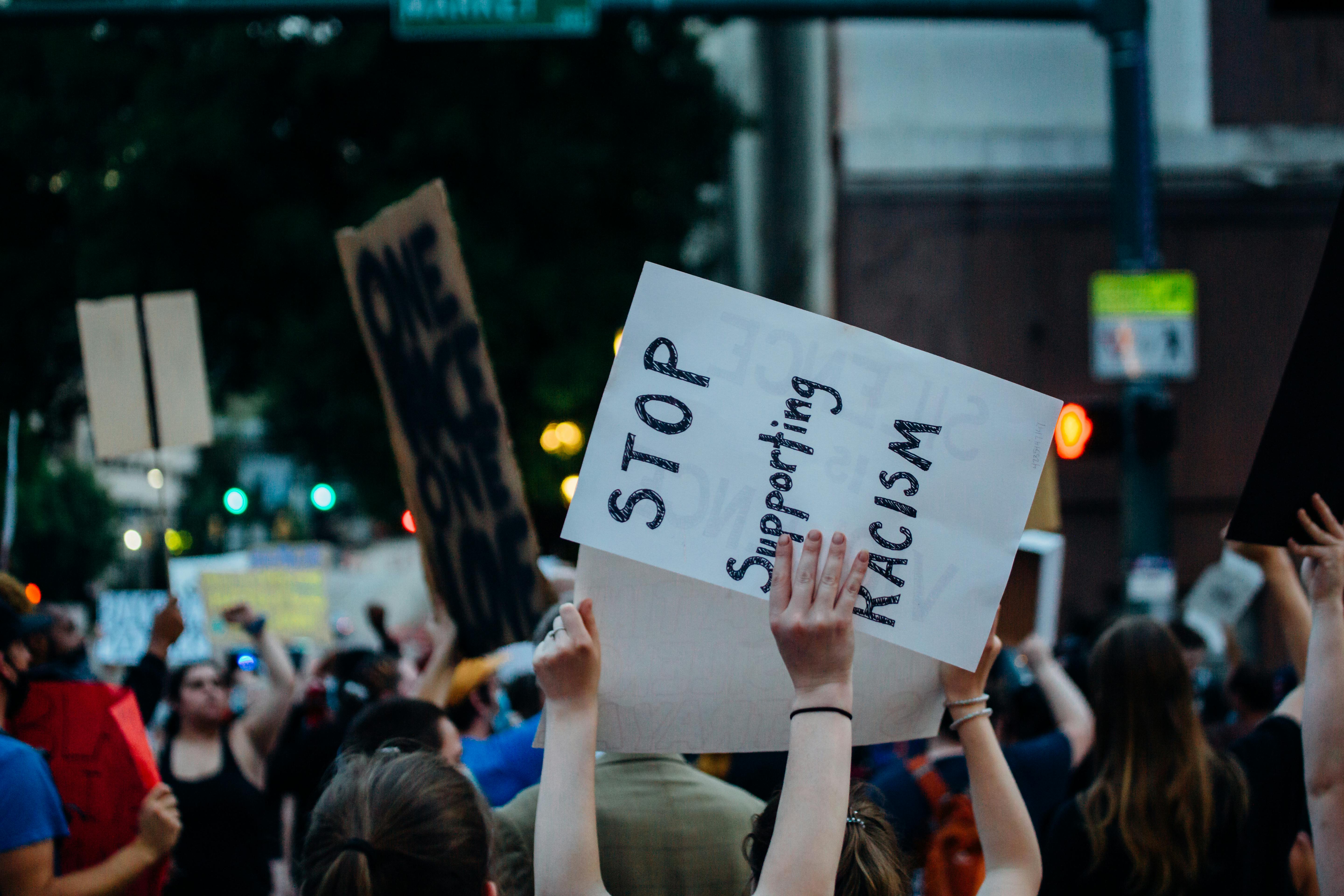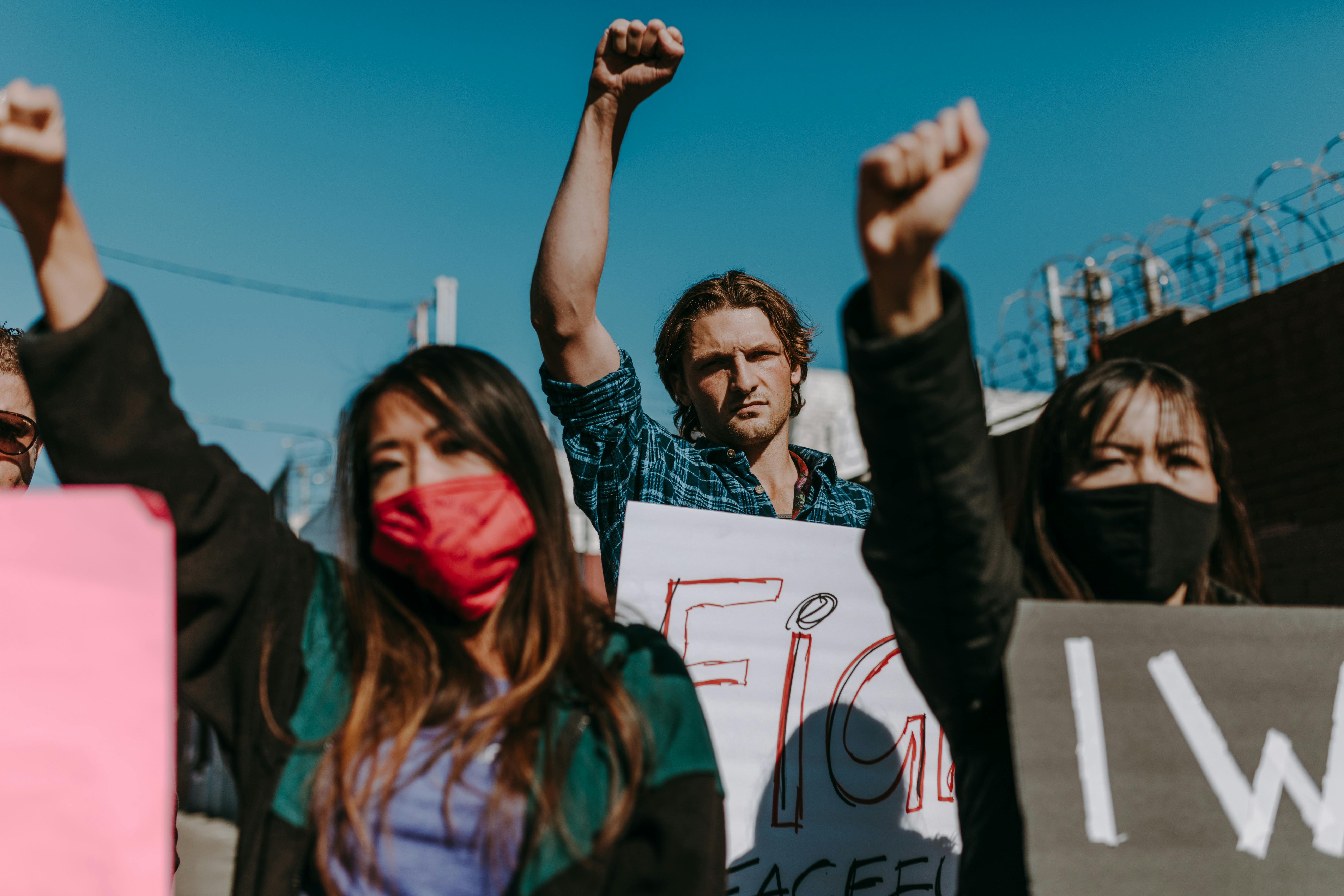In 2005 a series of books on avian flu came to light, thanks to the fear that avian or avian flu would become a killer virus killing millions of people around the world as the so-called Spanish Flu did in 1918.
That never happened (could still happen), but now that the novel H1N1 (or swine flu) is a WHO-declared pandemic and a US declared state of emergency, there is renewed interest in influenza.
During the bird flu scare we heard repeatedly from many influenza and public health experts that another flu pandemic was long overdue, the last one being in 1968.
Bird flu viruses were infecting pigs, mixing genetic material with swine flu viruses and human flu viruses in massive numbers, we were told, especially in China and other parts of Southeast Asia. That’s because too many people keep free-range chickens and the pigs eat their droppings, and there are too many people, chickens and pigs. Not to mention also influenza viruses.
When the killer of a three-year-old Hong Kong boy in 1997 turned out to be an avian virus (H5N1) that experts believed could not pass from birds to people, alarm began to spread. Hong Kong slaughtered millions of chickens and ducks in its “wet markets,” and everyone hoped that would end the problem.
However, H5N1 began showing up in dead wild birds and domestic chickens in 2003, and soon re-infected people. In 2004, another fear came true: a Thai woman contracted and died of bird flu while caring for her eleven-year-old daughter.
This was the first known case of human-to-human bird flu transmission, and experts began to fear the worst. Especially since the mortality rate of those infected was around 60%, much worse even than the 1918 flu pandemic.
Fortunately, however, the virus has never (yet) mutated into a form that easily infects people.
Dr. Woodson covers the history and stages of pandemics of influenza in general and avian (H5N1) in particular. He then gives a lot of great advice on how to prepare for a pandemic, just in case the worst happens.
One chapter is pretty much standard disaster preparedness advice on keeping stocks of food, water, and other supplies.
Other chapters are medical in nature and provide good information on how to care for family members or members who have the flu when professional medical care is not available. Since this advice is general, it’s good for everyone to know, even when caring for someone with seasonal flu. Professional medical care is available and the mortality rate is not that high, but you still want to know what you can do to help them.
One chapter provides extremely detailed advice on recording vital signs, urine measurement, and other advanced topics more suitable for nurses. I couldn’t help but think that, worst case scenario, most caregivers would be lucky to keep their infected family members hydrated, based on your previous chapter.
The book ends with an interesting historical document: a letter written by a US Army doctor who was treating patients with the Spanish flu in 1918.
In short, this book is short but it will remain valuable until we eliminate all influenza viruses.




